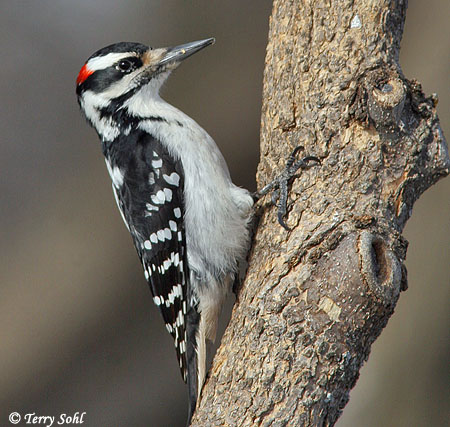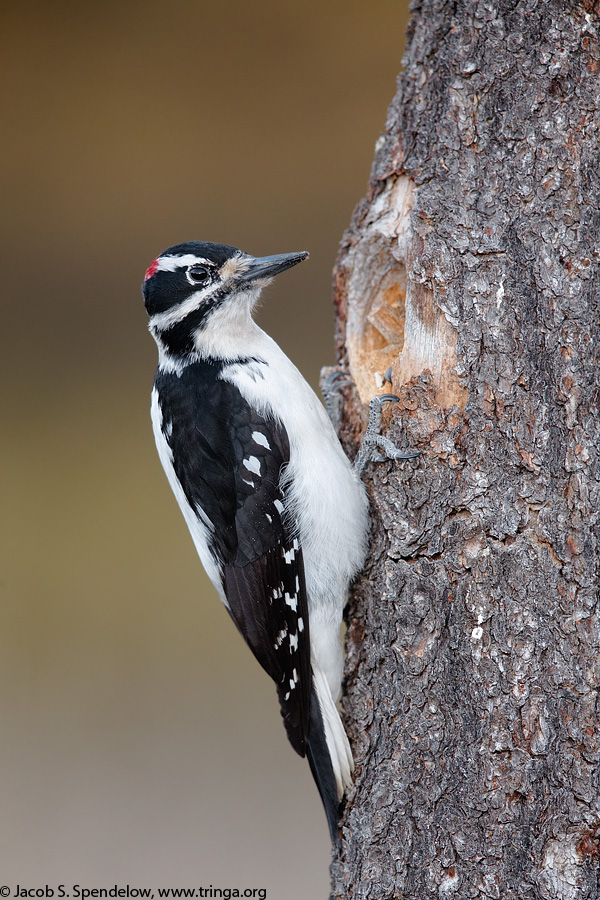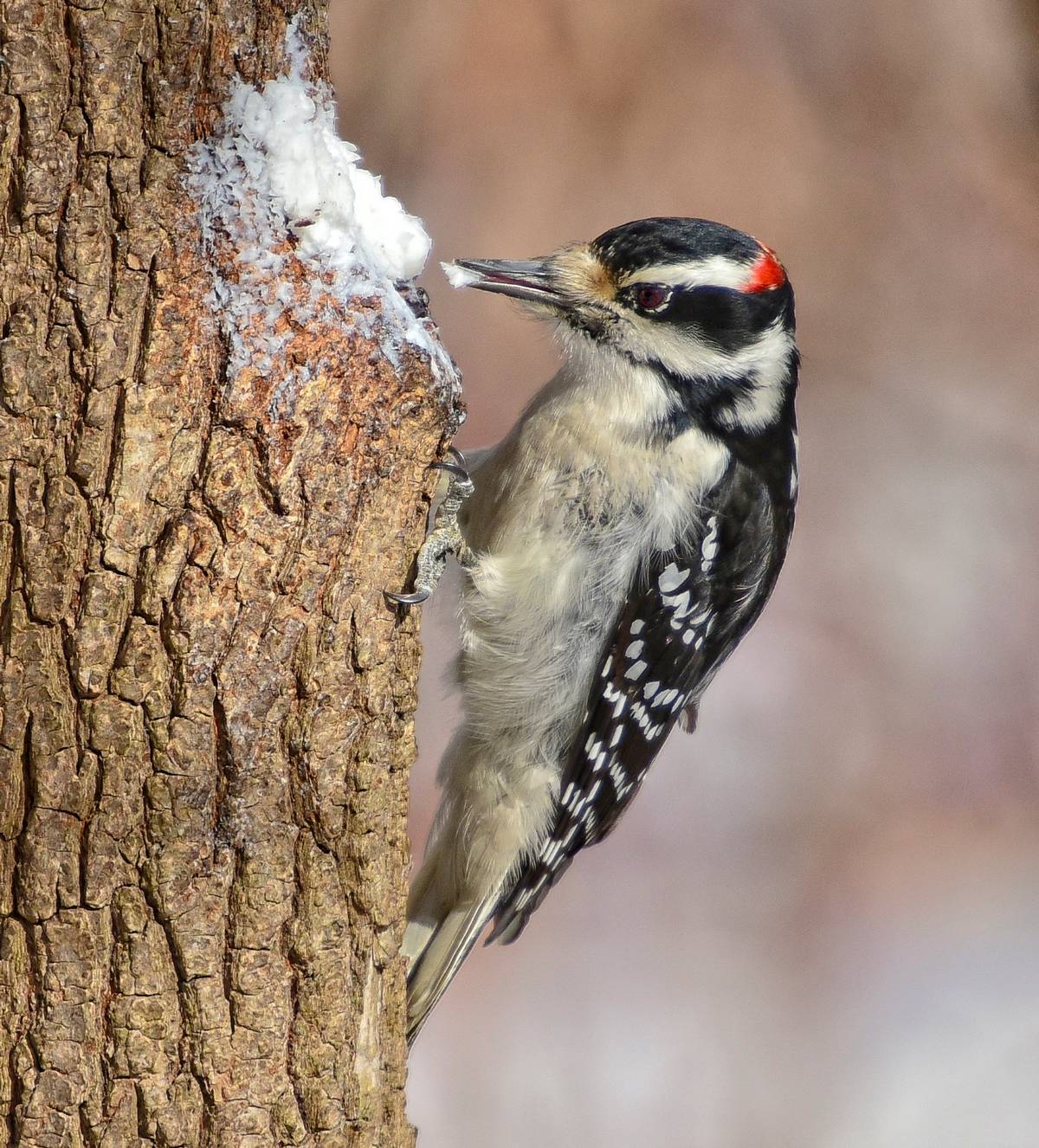

Wallace himself had examined “social mimicry” between friarbirds and orioles. Prum also points out that there are a number of cases where birds have evolved to look similar: Toucans and kiskadees are just two examples. “ We don't have any detail about whether the Hairy is deceived about the identity of a Downy at 50 yards,” Prum explains in an email. Which means looking solely at feeder interactions could skew the results (a caveat the Cornell team mentions, too). At close range, Hairys might recognize Downys and hassle them more often-yet in the woods, the two species hardly come face to face. Prum still thinks Downys are trying to avoid being attacked by Hairys. Hairys are especially feared for their prickly demeanors and spike-like beaks, so Downys can only stand to benefit from sharing their look.īut for Richard Prum, the Yale University ornithologist who put forth the older mimicry idea, the relationship isn’t so clear-cut. “ Woodpeckers tend to be more dominant than other species, just because they're crazy,” says Eliot Miller, a Cornell researcher who also worked on the study. This, the authors note, shows that birds also mix up Downys and Hairys. So, it doesn't seem like the case that Downy Woodpeckers are tricking Hairy Woodpeckers in any meaningful way.”Īt the same time, despite weighing less than half than Hairys (on average), Downys were surprisingly successful at “beating” species of similar or larger size, including House Sparrows, Eastern Bluebirds, White-Crowned Sparrows, and Northern Cardinals. “In fact, Hairys are one of the few species in the dataset that actually target another species more than its own for aggression. “ What we found was that Hairy Woodpeckers target Downys much more than you would expect,” says Gavin Leighton, an ecologist at Cornell and lead author on the paper. What’s more, by comparing those results to encounters between other like species, the researchers were able to confirm that Hairys were particularly aggressive toward Downys in tight conditions. Researchers found that out of 56 interactions, Hairys displaced Downys 96 percent of the time. Any time one species forced another to fly off a feeder, it was counted as a sign of dominance. To figure out who was bullying who, the team homed in on woodpecker interactions, as reported by Project FeederWatch volunteers. They say that rather than fooling Hairys directly, Downys are using their doppelgänger good looks to pass as bigger birds and scare off non-woodpecker rivals. But a new study, published this month in Animal Behaviour, counters that reasoning.Īfter analyzing behavioral observations from bird feeders across the country, Cornell Lab of Ornithology scientists are introducing a new dimension to the discussion. The two species, it seems, aren't all that related -and yet they appear almost identical.Ī few years later, experts suggested that Downys had adopted Hairy-like feathers to escape aggression from their larger cousins.

He proposed that distant species might evolve to look alike to rise in the social-dominance ranks. More than a century later, scientists discovered that Downy and Hairy Woodpeckers are one of the best case studies for that theory.


In the 1860s, the great biologist Alfred Russel Wallace had a radical idea.


 0 kommentar(er)
0 kommentar(er)
